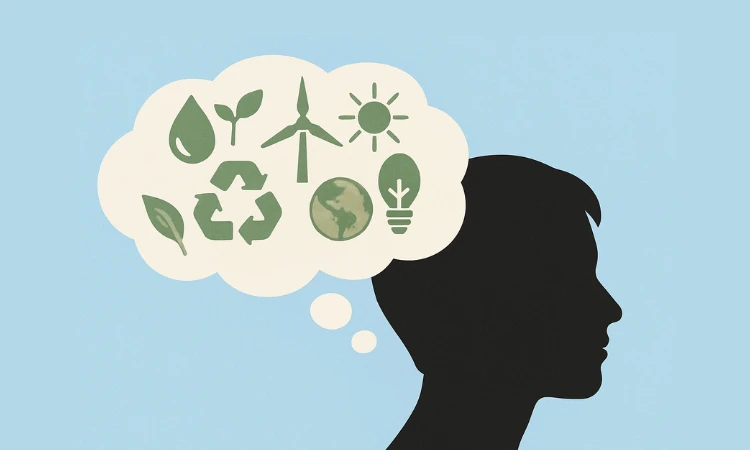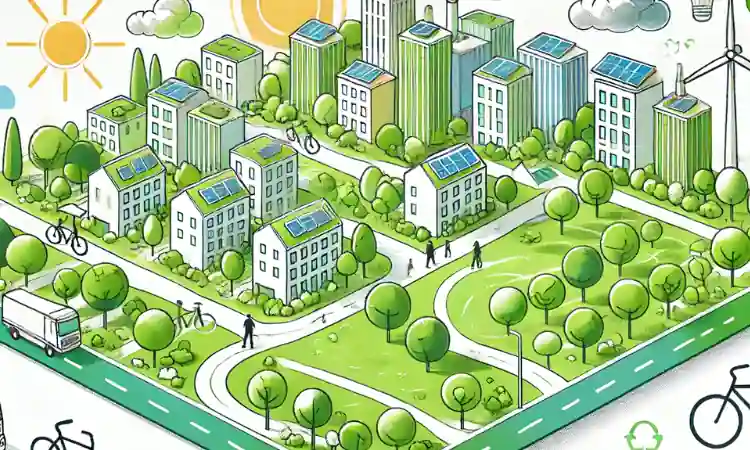40 Fascinating Facts About Sustainability
Think sustainability is all about recycling and reusable bags? Think again.
These 50 fascinating facts explore the connections between our everyday choices and the planet’s health, revealing just how interconnected we really are.
Whether you’re a curious learner, a conscious consumer, or just love a good fact, these insights will inspire you to think greener, live smarter, and maybe even spark a few “wow, I didn’t know that!” moments along the way.
Planet & Environment Facts

1. One tree can absorb up to 48 pounds of CO₂ annually
Trees act as carbon sinks, sequestering carbon dioxide from the atmosphere. Their role in mitigating climate change is a natural, effective solution.
2. Plastic can take 500+ years to decompose
Everyday plastics persist in the environment, slowly breaking down and contributing to pollution. This longevity is why reducing plastic waste is crucial.
3. 11% of basic medicines come from flowering plants
Roughly 11% of medicines considered basic and essential by the WHO originated in flowering plants. Ongoing biodiversity loss is risking the loss of new undiscovered medicines.
4. The Amazon Rainforest is known as the “lungs of the planet”
This vast forest produces roughly 20% of the world’s oxygen and is a critical regulator of the global climate, despite facing deforestation risks.
5. Coral reefs support about 25% of all marine life
These biodiverse ecosystems are vital for ocean health, serving as breeding grounds and shelters for countless species.
6. Bees pollinate 1/3 of food we eat
The work of bees and other pollinating insects is crucial for the production of fruits, vegetables, and nuts. Protecting pollinators is key to maintaining a resilient food supply.
7. Plastics pollute the deepest parts of the oceans
Researchers have found plastic waste even in remote, deep-sea trenches, highlighting the far-reaching impact of our waste on marine ecosystems.
8. Soil nutrient levels are in decline
Intensive farming practices are depleting the quality of soils. Consequently, the food we eat today is less nutritious than the food earlier generations ate. Regenerative farming practices are helping to restore soils, though currently at a relative low scale.
Energy & Resources Facts
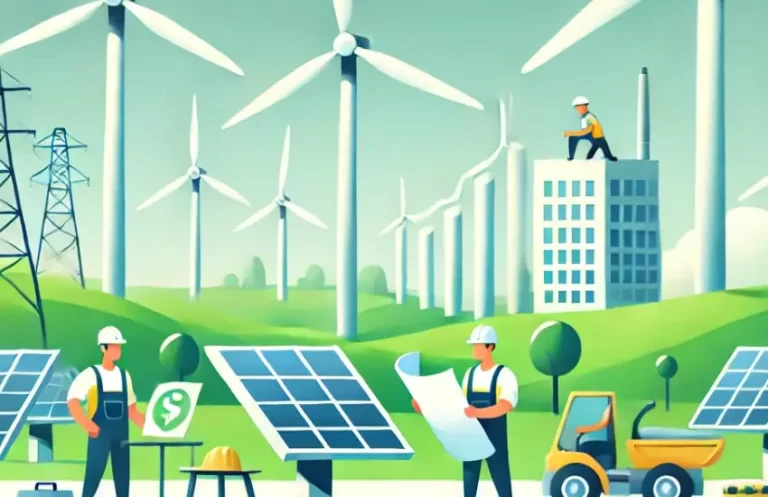
9. The Sun radiates a phenomenal amount of energy
Every minute, the sun radiates more energy than the world uses in an entire year. This abundance of solar energy highlights why using technology to capture this renewable resource can transform our energy systems.
10. LED bulbs use 80-90% less energy than regular bulbs
Switching to LEDs can dramatically reduce your energy footprint while providing longer-lasting, cost-effective lighting. Plus, they last longer. In-fact, business maintenance costs for lighting are up to 70% lower when using LEDs.
11. Laptops typically use up to 80% less electricity than desktops
Opting for portable devices can reduce energy consumption and support a more efficient computing experience.
12. Air-drying your clothes can cut energy use by 60%
Beyond energy savings, line drying your laundry also extends the lifespan of your fabrics, contributing to sustainable living.
13. Phantom power demand drains energy from devices
Many electronics continue to draw power in standby mode. Unplugging devices or using smart power strips can prevent this energy waste.
14. Wind farms generate enough power for millions of people
The growth wind farms is powering millions of homes and people around the world. The Dogger-Bank Wind Farm in the UK for example, will be capable of powering 6 millions homes when complete.
15. Hydropower is the oldest form of renewable energy
Water-powered technology has been used since ancient times, being used for example to power grain milling, early paper making and enabling ore processing. Modern hydropower plants continuing this legacy by using it to provide reliable, renewable electricity.
16. Microwaves often use less energy than standard ovens
For small meals and reheating, microwaves provide a quick, energy-efficient option, reducing overall electricity use in the kitchen.
Consumption & Waste Facts
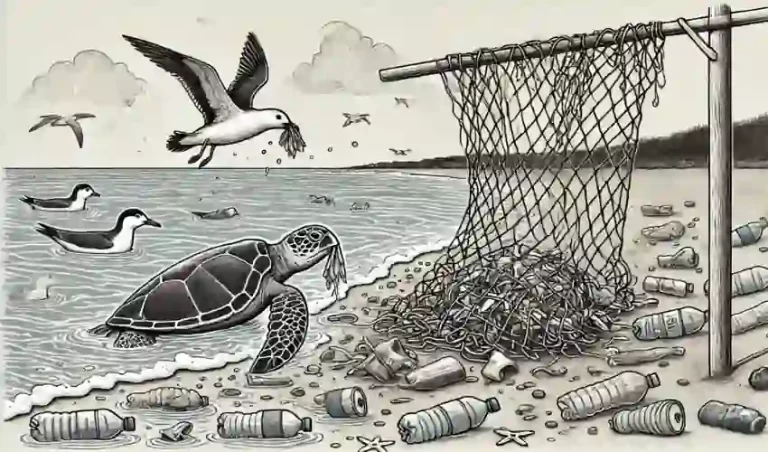
17. Food waste accounts for 8-10% of global GHG emissions
This staggering amount of greenhouse gas emissions highlights the need for better food management. This includes the need for systems that prevent waste at every level, from farms right through to households.
18. Recycling one ton of paper is better than you know
Recycling a ton of paper can save 17 trees and 7,000 gallons of water! This comes down to avoiding the turnover of monoculture tree plantations, growth to provide virgin paper. Smart recycling practices benefit natural resources by conserving forests and reducing the water footprint of paper production processes.
19. Fast fashion causes 10% of global carbon emissions
Production of high volume, cheap clothing demands a lot energy throughout the production process. Additionally, the rapid turnover of clothing not only floods landfills with waste, but also burdens the environment with excessive resource extraction and pollution from dyes.
20. One cotton T-shirt can consume up to 2,700 litres of water
This water-intensive process is a major drain on available resources. Consider higher quality, sustainable fashion, sources where possible to limit your contribution to this water demand.
21. Electronic waste is the fastest-growing global waste stream
E-Waste volumes hit 62 million tonnes globally in 2022. This is projected to reach 80 million tonnes by 2030! With rapidly advancing technology, ensuring proper recycling and disposal of old devices is critical to prevent environmental contamination.
22. Glass is infinitely recyclable without quality loss
Unlike many materials, glass can be recycled repeatedly, making it a sustainable packaging choice when managed effectively.
23. Your plastic bag will outlast you by centuries
A single plastic bag is typically used for around 12 minutes yet can last centuries in a landfill. This discrepancy emphasises the importance of choosing reusable alternatives to minimise long-term environmental damage.
24. Plastics in oceans may out-weight fish by 2050
Much of this waste is released from land sources, via 10 of the world’s major rivers. These plastics even find there way into all organisms, from microscopic forms, through to the great whale species roaming the oceans.
Food & Agriculture Facts
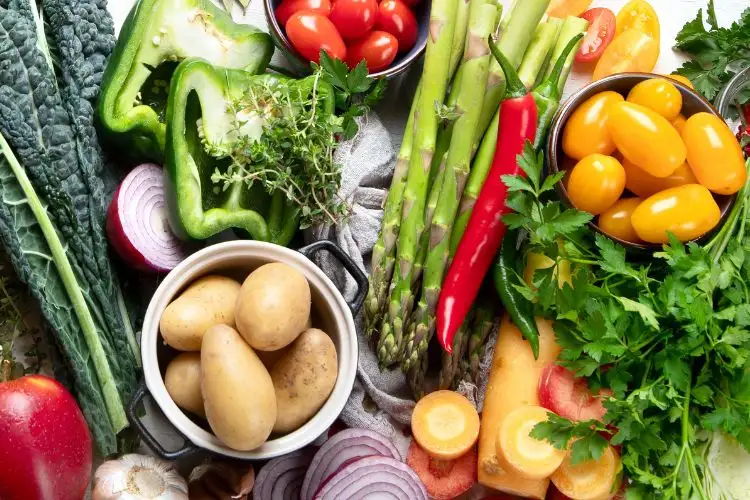
25. Locally sourced food typically cuts down on carbon emissions, but not always
Supporting local producers not only boosts regional economies but also provides fresher, seasonal produce with a lower environmental footprint. It is though not always the case! For example, its possible that food grown locally, but out of season, could have a very high footprint due to the additional energy needed for heat and light.
26. Agriculture uses 70% of global freshwater
Most of the world’s freshwater is used for growing crops and raising animals, not for drinking or washing.
27. Crop diversity is in decline
Crop diversity declined 75% in the 20th century, and that trend continues today with modern agriculture relying on just a few crops. Consequently, resilience to pests and vulnerability to climate change are major risks to production.
26. Meat has a high carbon cost
Meat production generates significantly more greenhouse gases than plant-based farming, beef being the worst example. Even reducing meat consumption by one meal a week can lower your personal carbon footprint and encourage more sustainable dietary habits.
27. Gardening with native species supports regional ecology
Plants adapted to the local environment will foster a natural ecosystem, supporting native pollinators, drawing less water and requiring less chemical use to maintain. Non-natives can be beneficial, but are unlikely to have the same scale of impact at the native option.
28. Vertical farming is on the rise
The vertical farming industry is expected to reach $50bn by 2032. By stacking layers of crops, urban vertical farms optimise space and resource usage, making efficient use of limited urban land.
29. Worms are vital to composting organic waste
Their natural digestive process transforms kitchen scraps into nutrient-dense compost, enriching garden soil and promoting healthier plant growth.
30. Cows produce 250-500 litres of methane daily
Methane is a potent greenhouse gas, which cows digestive systems produce plenty of. This makes livestock management and dietary supplements an important component of addressing global warming and climate change.
People & Society Facts

31. Green jobs are on the rise
The green economy and jobs in this field are in high demand, reaching a market value of $7.2 trillion in 2024. This growth includes a wide variety of specific roles, including renewable energy, sustainable building design and nature restoration.
32. Over 50% world’s population lives in cities
With the majority of the world’s population now living in cities, advancements in sustainable urban design are more important than ever. Efficient public transport, green architecture, and waste management can all significantly reduce the environmental impact of urban living.
33. Green urban spaces improved mental health
Access to parks, community gardens, and natural areas offers stress relief and fosters a healthier, happier population.
34. Public transportation 4x more energy-efficient than driving
Shared public transport, such as trains and buses, not only lower carbon footprints, but also reduce traffic congestion and urban air pollution.
35. 1/4 deaths globally are linked to environmental risks
Poor air, water, and chemical exposure contribute to around 13 million deaths per year.
36. Cities consume 78% of the world’s energy
Concentration of populations and increasingly energy intensive lifestyles drive this pattern, and consequently the carbon emissions.
37. Youth leadership in climate activism is on the rise
From school projects to global movements, young people are increasingly influencing sustainable policies and practices worldwide.
38. Eco-education is increasing in schools globally
Educating the next generation about environmental stewardship creates long-lasting change and empowers future leaders.
39. 1.2 billion people live in water-scarce areas
Climate change and overuse are stressing freshwater systems globally.
40. Small, everyday changes collectively make a big difference
The overall impact on the environment and our planet is driven by the everyday choices we all make. Every eco-friendly choice, from recycling to reducing energy use, can therefore contribute to a healthier planet. Consistent actions by many individuals will drive systemic change.
The Importance of Sustainability

This list fascinating sustainable facts aims to provide you with both some fun knowledge and practical insights on the various area of sustainability that play a role in protecting our planet. Most importantly, we hope you gain an renewed feel for the importance of sustainability to our collective future.
Remember, whether it’s through everyday habits or supporting systemic changes, every effort contributes.
Check out the below recommendations for more fun and engaging insights:
45 Incredible Nature Facts to Know
7 Books About Sustainability to Inspire You
30 Essential Climate Facts Everyone Should Know
How to Build a Sustainable Mindset That Lasts
Finally, want more insights and practical tips?
Check in here at Greener Insights for regular updates, and follow us on our social media channels:

